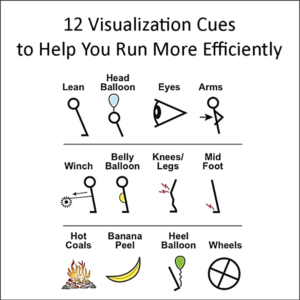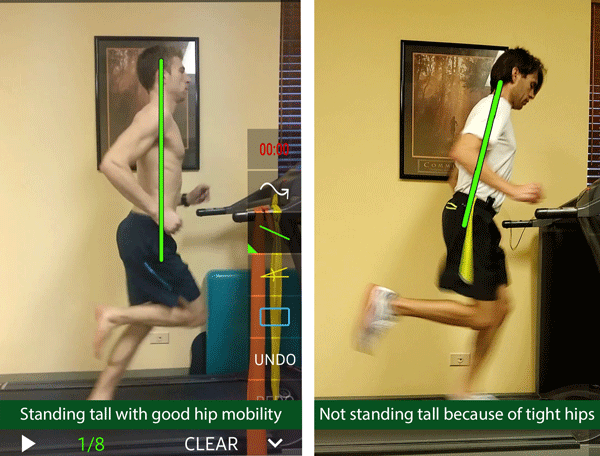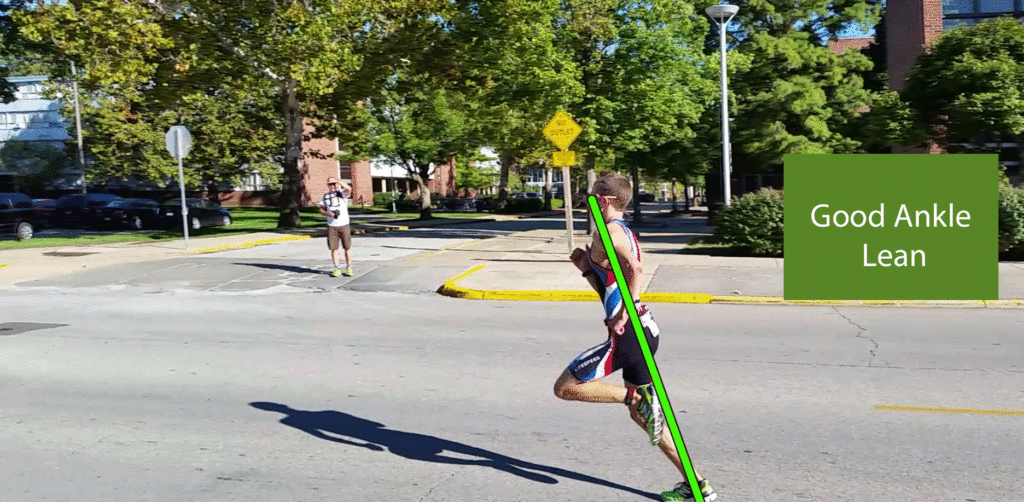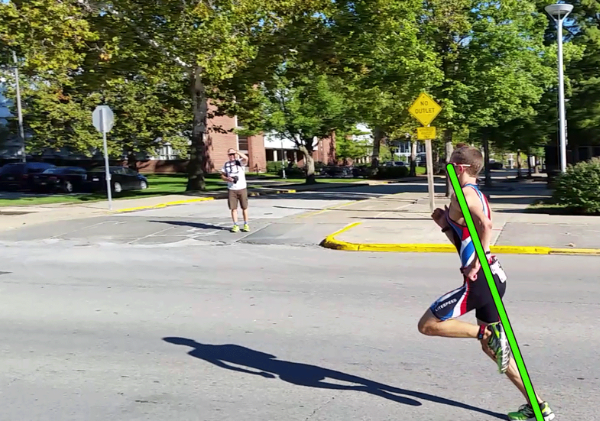As kids, we all just ran because it felt good. You didn’t worry about how to improve your running form or technique. As adults, many of us still run with no thought to our form or technique. But is that ideal? Aren’t there some basics that beginner and even experienced runners should know? Can experienced runners actually change the way they run? Should they?
In the running community, these are some common questions and concerns. We know that everyone’s running form looks different and running is a natural movement, so should we even mess with it?
The answer is: sometimes yes and sometimes no; considering that the goal of changing your running form is to become more efficient and possibly run faster.
How to determine how to improve your running form
Ideally, the best way to determine whether changes need to be made is to videotape your run, and then review it in slow motion. While reviewing the tape, ask yourself if you’re using the following techniques:
- Are you running tall?
- Are you looking straight ahead?
- Are your knees pointing straight ahead?
- Do you see light between your thighs (from behind or in front)?
- Do you have quick feet?
- Are your arms swinging by your sides?
- Are you leaning forward at your ankles?
- Is your cadence between 176-184 steps per minute?

Whether you videotape or not, there are some things you can do to make sure you are incorporating the techniques listed above.
Techniques 1-5 to improve your running form are fairly straight forward:
- To run tall, think “tall” while running
- To keep yourself looking straight ahead, keep your gaze about 5-10 feet in front of you in order to spot any ground issues
- Be cognizant of pointing your knees straight ahead as you run
- Make sure you can see light between your thighs – think about running on either side of a traffic line
- To quicken your feet, think about running on hot coals (you don’t want your feet on the ground too long)


To incorporate techniques 6-8, try the following exercises to promote change while running:
- Arm exercises: Bend your elbows, hug your elbows close to rib cage, and swing your arms back and forth at your running speed in the following positions:
- Sitting on ground with legs out straight
- Standing with legs shoulder width apart
- Standing on one leg – You will notice that your lifted leg will begin to move in rhythm with your arms
- Ankle lean
- Standing on both feet and rock back and forth on your ankles
- Stand on 1 foot and rock forward/backward at your ankle
- Stand 3-feet from a wall and fall into the wall, catching yourself with your arms while keeping your heels on the ground

- Cadence: Ideally between 176-184 steps per minute which reduces over-striding with an aggressive heel strike
How to determine how many steps you run per minute (your cadence)
- Using a stopwatch or timer, count how many times your right foot hits the ground in 15 seconds
- Multiply that number by 8 = how many steps/minute
- If the number is between 176 -184, you are good! Don’t mess with it.
How to increase your cadence
- Download a metronome app on your phone
- Set the metronome for 2-4 beats higher than your usual
- Run at the new cadence for 1-2 minutes while listening to the metronome
- Run for 2-3 minutes at your usual cadence
- Repeat
- Every 3-4 runs, run at the new cadence for longer periods until comfortable for the entire run
- Continue adjusting your cadence by 2 beats until you are in the 176-184 steps/minute range
How to implement changes to improve your running form
Now you may be asking yourself, how do I make these changes? How many changes can I make at once? How do I know which one to change first?
Here are some things to consider when starting to implement changes:
- Work through the list above in the order listed
- Work on one change at a time (with the exception that 1 and 2 can be done at the same time)
- To integrate the change while running, focus on that change for 1 to 2 minutes during your run. Then, relax your focus for 2-5 minutes and repeat focus on the change for 1-2 minutes. Repeat…
Want input on your running form? Schedule an appointment for a gait analysis today!







Leave a Reply